People Are Sharing The Clothing Shopping Changes They've Made Because They're Trying To Be More Sustainable
Over the last several years, there has been a growing conversation over our overconsumption of clothing (primarily fast fashion) and the terrible effect it has on both the environment and the people who make the clothes. Recently, I asked the BuzzFeed Community members to tell us what changes they have made to their clothing shopping habits in order to be more sustainable.
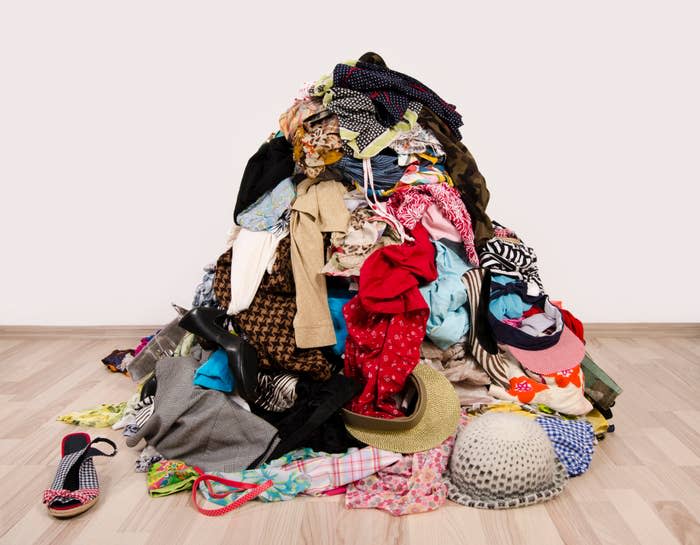
Below are 20 people who chimed in to share the ways they have changed their clothing shopping habits:
1.
"There really aren’t any good thrift stores where I live, so I don’t really do thrifting. But I’ve started considering quality over quantity. I stopped doing fast fashion altogether about 10 years ago.
I buy designer jeans that last for several years and I get them hemmed. I buy mostly mid-level designers and only when I need something. Anything I’m tired of, I tend to donate unless it’s beyond repair. I usually buy one good quality everyday purse so it will last 2–3 years, and I’ve kept my selection of occasional bags looking good by storing them in their dust bags. I don’t really care about being 'trendy' with anything. I know what suits my body and I stick with it."
2.
"I invest more in accessories — a little black dress can be a completely different outfit depending on your earrings or if you wear tights. Thrift stores usually have a pretty good selection of jewelry, especially nice vintage pieces depending on your area.
But otherwise, I just plain don’t buy clothes anymore. I work from home, so I can get away with pajama shorts and T-shirts. Pretty much the only things I buy new are undies, bras, and shoes, and even then, I go for higher-quality brands that’ll last a good long while.
And if you’re someone who shops cause you get bored with your clothes, try layering pieces you already have to see if you can create something unexpected that you like. Learn to embroider for a fairly inexpensive way to give stuff some flair. For anything with buttons, sew on some new ones that match your style more. Be creative!"
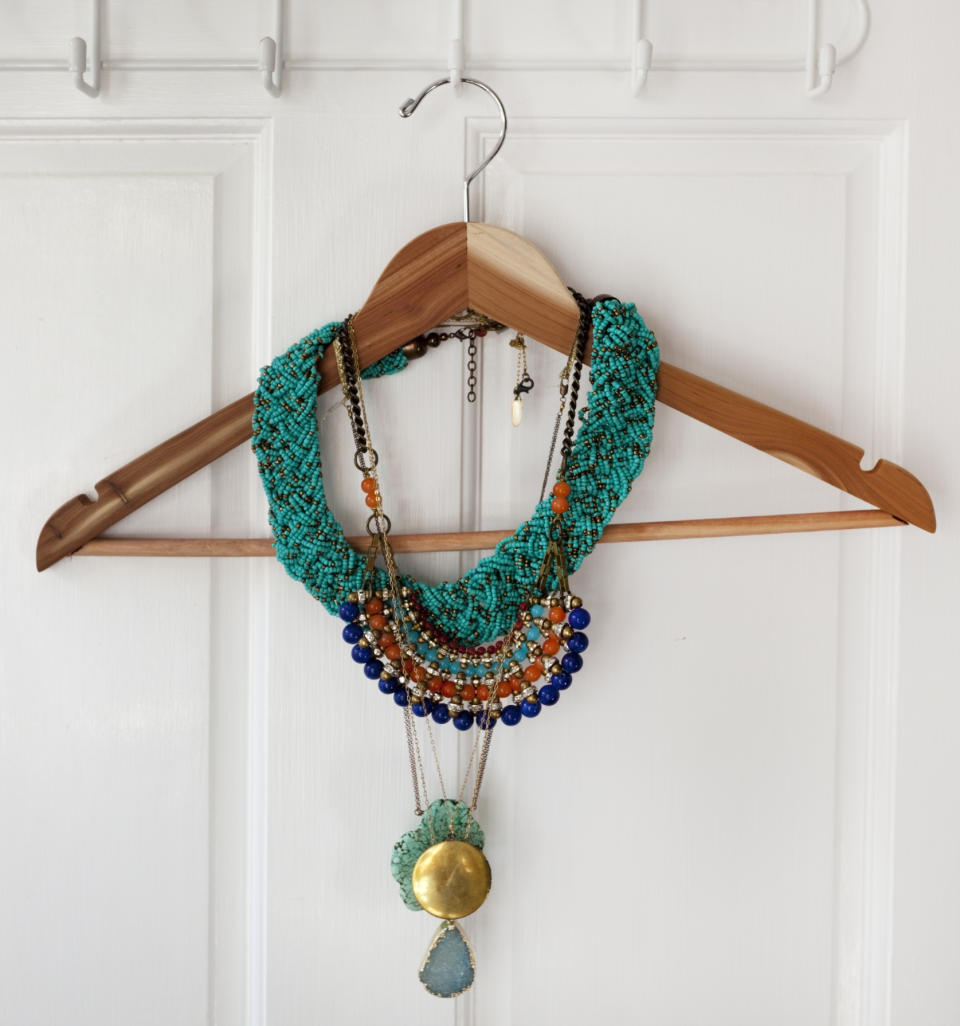
3.
"At the start of this year, I decided I won’t buy any new clothes. Though I have a modest wardrobe, they clothes I have are in good condition and I repeat them every second week. So far so good, been eight months since I bought a clothing item."
4.
"I sew my own clothes. I did not start to be more sustainable, but sewing makes me think of ways to be. I recycle unusable scraps and I reuse scraps where I can. I also make my own handbags, and since they take a lot of time, I don't make many. Though, making my own clothing and handbags has SPOILED me while shopping because it has made me very picky on what I buy. This does NOT save me money on clothing, as fabric is not cheap, BTW."
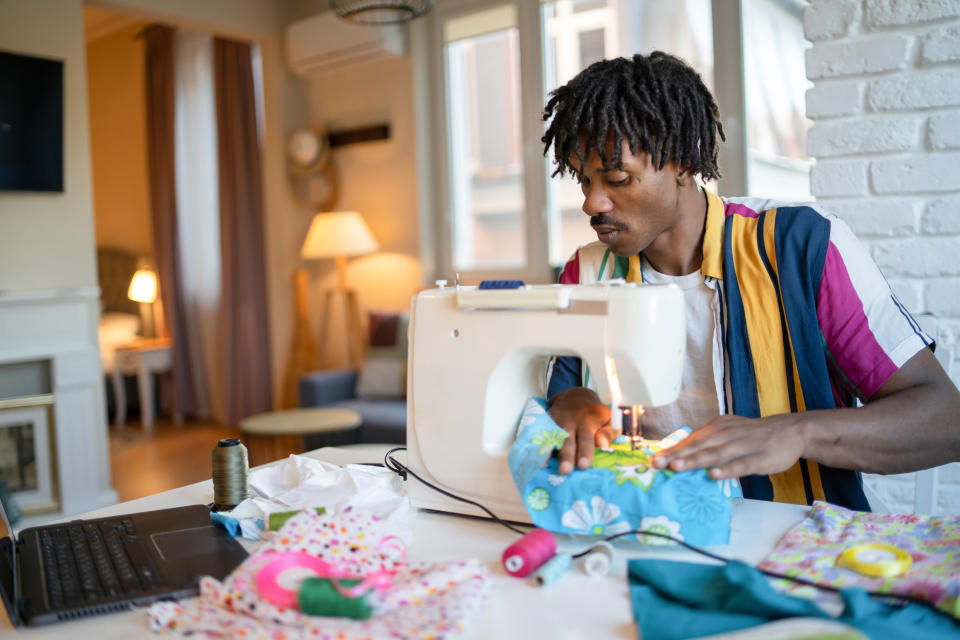
5.
"I only buy second-hand now. Clothing, shoes, bags, accessories. Sometimes I have to thoroughly disinfect things extra before I’m comfortable wearing/using them though. I’m even buying things that are slightly damaged and fixing them up myself."
6.
"I only buy clothes I feel comfortable wearing. See, when I was younger, I sometimes bought items that didn't make me feel good because it looked good on other people or because I was told I should try them. Then those items remained in my closet.
Now I found my style and I stick to it. I prefer buying one shirt that makes me feel good than ten shirts that make me feel awkward. There are websites that can help you find your style."
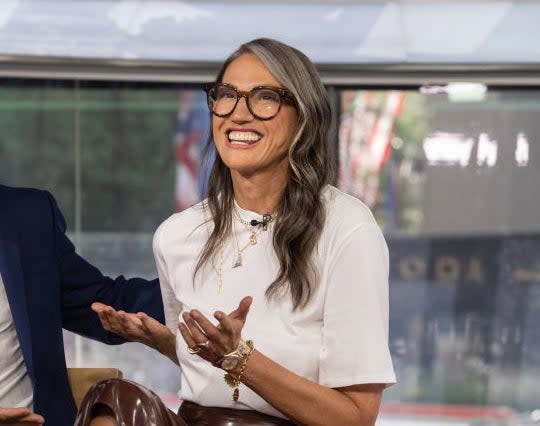
7.
"Two things that have really helped me are 1.) Unsubscribing from clothing store marketing emails, and 2.) Canceling my department store credit cards. I used to get a ton of marketing emails for a certain department store, then go to their site when I was bored and order a bunch of sale clothes (as I could charge it to my store card, they were 'free').
I still have a basket of them in my closet I’ve never tried on and exhausted the return period for. Since I’ve unsubscribed from their emails and canceled my card, I haven’t made a purchase from that store. I wonder if they’re worried about me."
8.
"I made a New Year’s resolution a couple of years ago to not buy anything new, and I’ve carried it on until now! Apart from a couple of treats to myself for birthdays, everything I’ve bought has been from charity (thrift) shops or Vinted. I’ve got a whole new wardrobe and still get my shopping spree dopamine hits!"
—Anonymous
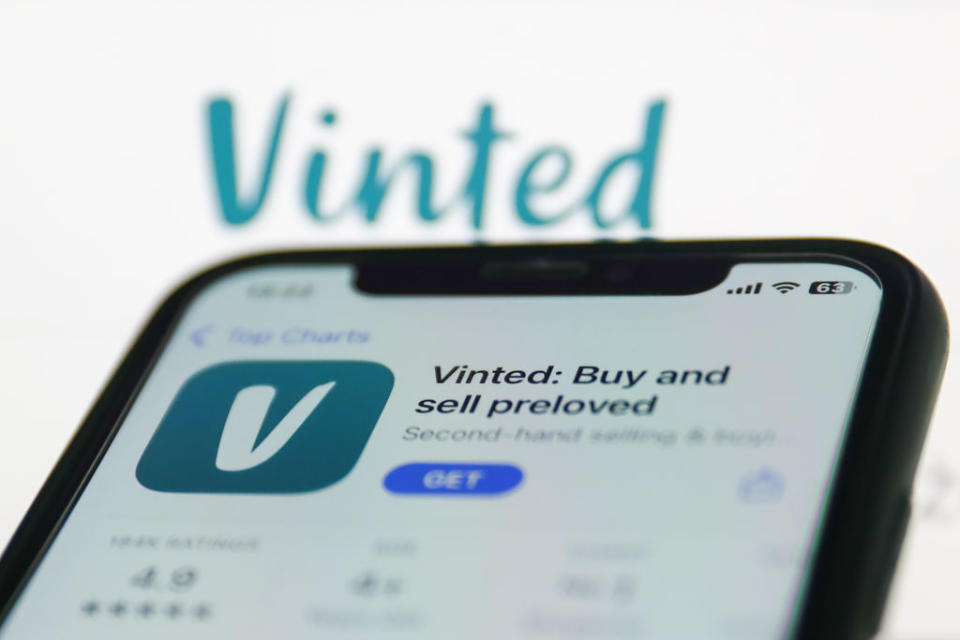
9.
"For myself, I resist buying something just because it's cheap and cute. I got so tired of buying clothes that just literally fell apart in a few months. When it comes to handbags, I'm only buying it if it's a quality bag that's going to last and is a good investment piece that will be handed down to my daughter.
As for her clothes, we have a HUGE family and have more hand-me-downs than I know what to do with. I organize those and go through them and pull out the ones she will be wearing soon and hand down her clothes that don't fit anymore. We do still buy her clothes, but we do look for quality items that are going to last through her playing hard. The really nice thing is that she is old enough now to recognize that and she really pays attention when picking out clothing and shoes because she wants them to last, but she also wants her younger cousins to be able to enjoy them as well!"
10.
"Over time I’ve made attitude shifts. I think about the impact of what I buy and who, globally, has had a hand in creating it. It’s become less and less pleasurable to buy fast fashion when I think of the strangers that are bearing the impact of that decision.
Additionally, I try to think about who is benefiting from me buying more than I need or feeling discontent with what I have and the thought of adding more money into billionaire pockets is typically enough to squash the urge to over-consume."
—Anonymous
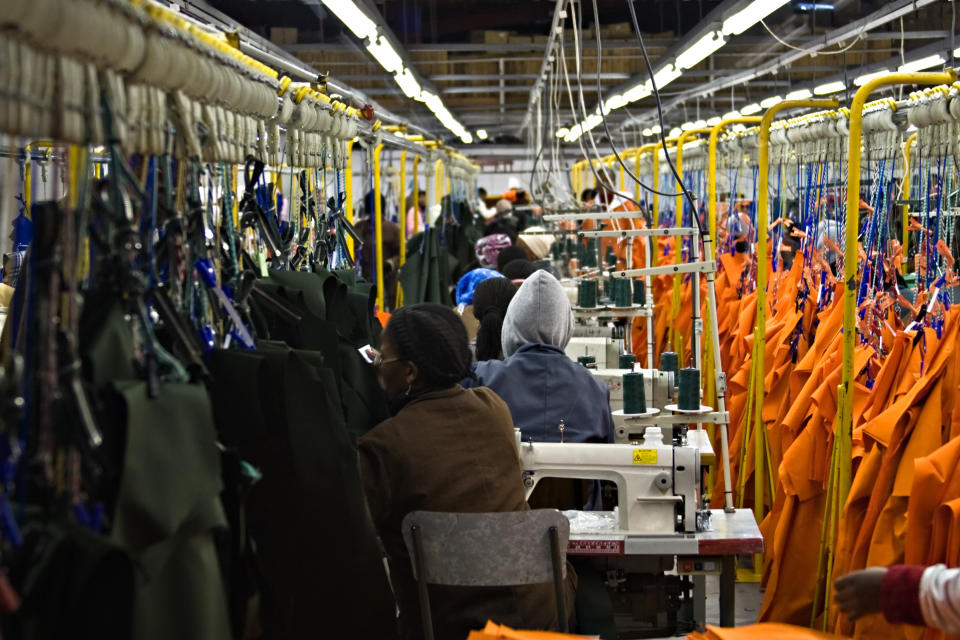
11.
"Buying from local, slow fashion brands. It costs more but the quality is way better and the clothes are more sustainably made. A bonus is slow fashion brands bring back the same styles each year, so you don't feel the urgency to buy everything right away. You can wait for sales or buy it the following year to spread out the cost."
—Anonymous
12.
"I’ve almost entirely stopped buying anything that isn’t thrifted or consigned. I’ve also focused more on investment pieces that will last for years. I’ve significantly reduced the amount of clothes I have and have sold or donated everything that’s still wearable.
For items that can’t be worn, I take them to a store and textile recycling facility. And I avoid buying fast fashion items, even if they’re thrifted. I know there’s more I can do, but it’s a start!"
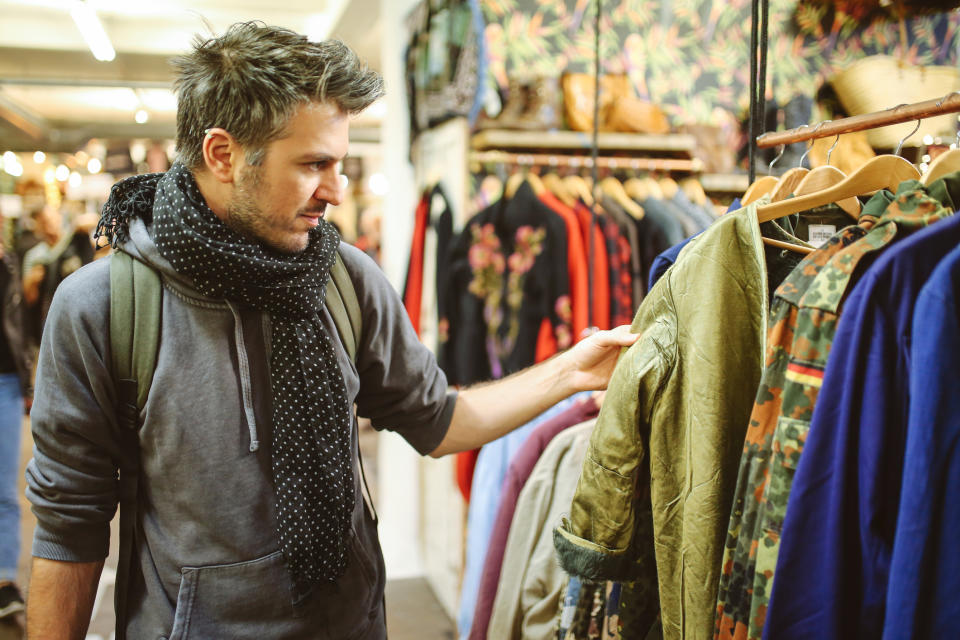
13.
"I love doing clothing swaps with friends and friends of friends, and I enjoy the challenge in general of trying to choose contentment with what I have already."
—Anonymous
14.
"I spent a year buying nothing new. Minus underwear and a pair of running shoes that I couldn’t get secondhand, I got everything online pre-worn or at op shops (thrift stores in US) for 365 days. I did that in 2018/19 leading up to an overseas holiday, and since then I’ve realized how little I ‘need’ to buy new! And also how much of my hard-earned money I was spending on sh** I didn’t need. Now, when I buy something new it’s quality, and gets loads of wears in different ways. Then I can resell online or gift to someone, and keep buying secondhand much cheaper.
I will say, retail therapy is real, and avoiding the shopping centers or browsing online was hard to do. But replacing with secondhand stores became easier over time. Now I have a child I’m considering doing another year of nothing new — explaining to a 3-year-old might be hard though!"
—Anonymous
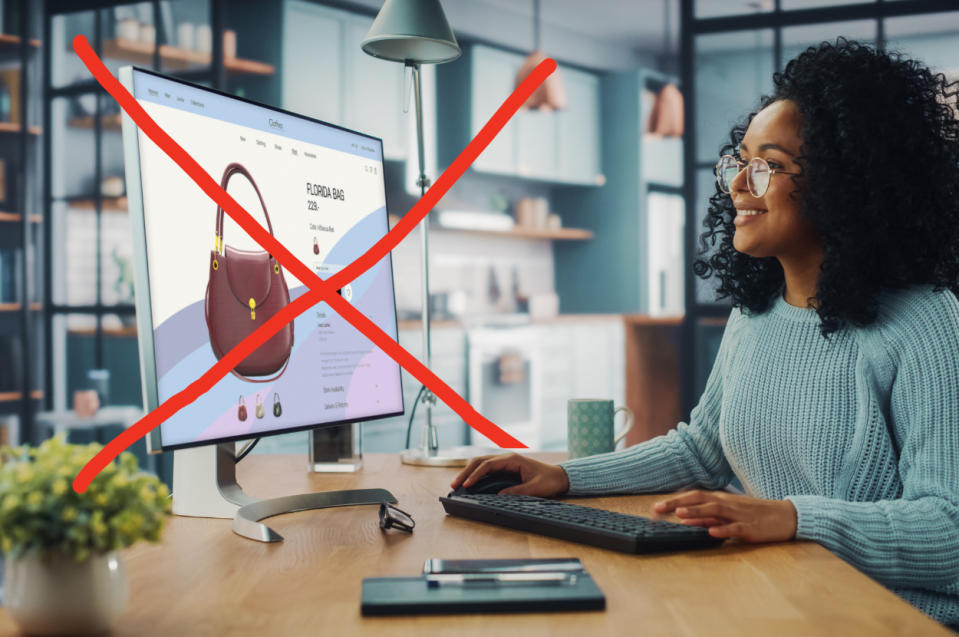
15.
"I was treating myself to four or five giant fast fashion hauls a year. After seeing people post more and more of the stories showing how much the landfill is growing because of fast fashion, I knew I needed to at least TRY to change my methods.
This year I challenged myself to skip buying new clothing and move to thrifted/secondhand/vintage to fulfill that shopping itch I want scratched. ThredUp really fulfills that need I have to get a package delivered with hella clothes, and thrift stores I’ve found a lot more joy in than other stores because almost every piece is unique."
—Anonymous
16.
"I have entirely stopped visiting fast fashion stores. If I need anything I visit local thrift stores and flea markets. I also use apps like my local flea market app, Vinted and Etsy. The only things I buy new occasionally are fan merch (from movies or bands). But I also try to find those first on my second-hand-apps."
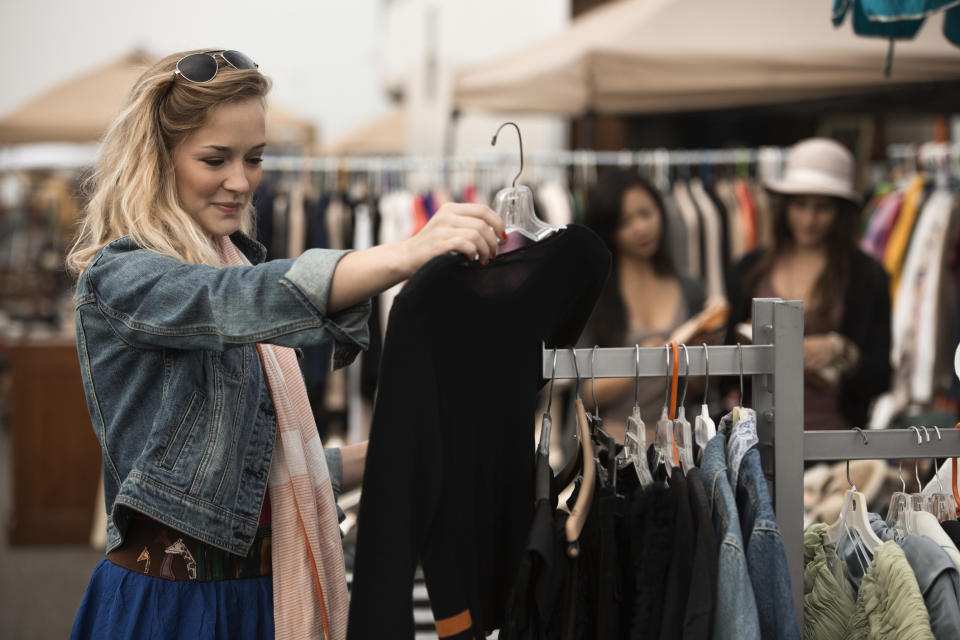
17.
"I still buy a lot of clothes, but I don’t throw them out when I’m done with them. I have a lot of friends and family who can’t afford a lot of clothes and I give my clothes away to them, and anything they don’t want, I take them to thrift stores so other people can enjoy them. I still have a lot of band tees I’ve kept from junior high and high school, and I plan on making a blanket with them."
18.
"I still have clothes from high school! I try to hold onto clothes as long as possible. The most sustainable clothing is what you already own, so trying to buy timeless stuff and restyle it with accessories to feel fresh for years. Going to a small local dry cleaners not only helps support a small biz but makes your clothes last MUCH longer! I’m also trying to buy non-polyester. So linen, cotton, etc. It’s not cheap so it’s going very slowly. And finally, dying older clothes with Rit dye once they start looking faded. You feel like it’s a new item!"
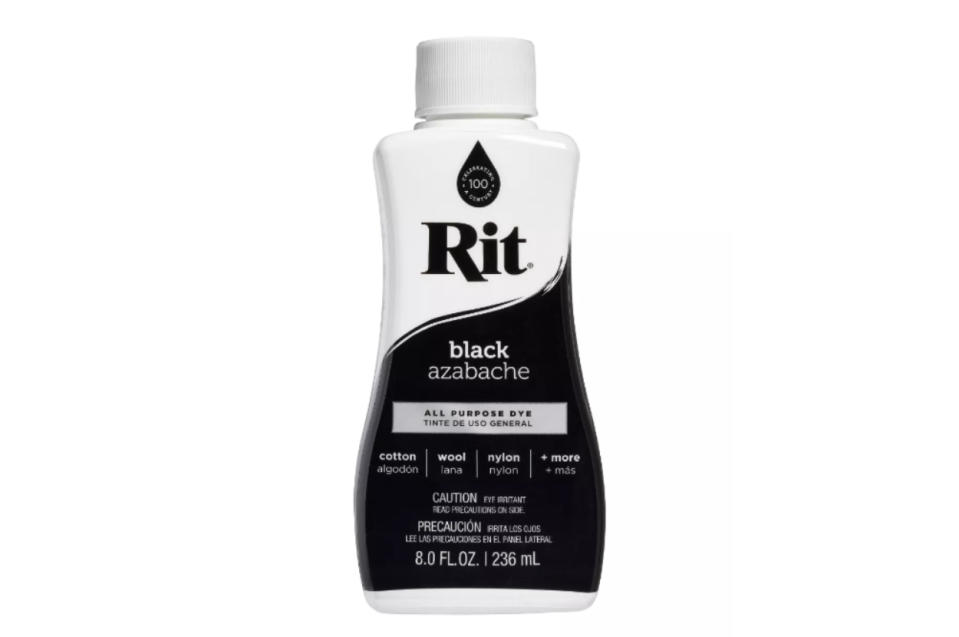
19.
"It's not really a new change and is something I've done since I was a teen, but if something has repairable damage I try to fix it myself rather than just tossing something because it has a hole in it or the zipper's busted. I don't think everyone has the resources or time to go through and sew on new zippers, but knowing how to do some basic repairs like being able to sew on buttons, iron on patches over large holes or how to do a little hand stitching to fix small holes is a good way to extend the life of your clothes. You can do most of it with the cheap little sewing repair kits they sell at convenience stores."
—Anonymous
20.
And lastly: "On a sewing channel I’m subscribed to, I learned if everyone on earth replaced one fast-fashion garment with one thrifted garment, that alone would save enough energy to power the Eiffel Tower for 151 years. I don’t know how accurate that is, but that alone completely changed my outlook on fashion and the environment.
I pretty much *only* thrift. I tend to get really overwhelmed with the myriad of choices when I set foot in a regular clothing store. I do a lap around and exit. Conversely, when I go to a thrift store, I know I have to actually search for things I like and I’m way more excited about those purchases and I wear them much more often.
I’ve learned to sew and am always thinking of ways to tweak my clothes — for example, I discovered I love graphic tees, so when I find one I love, I tailor it to fit me or even just crop it. Doing simple things like that makes the garment way more unique and precious to me.
When I do buy new, I’m investing in quality pieces I know I’ll wear hundreds of times.
Sorry for the long post, this topic just really excites me 😆."
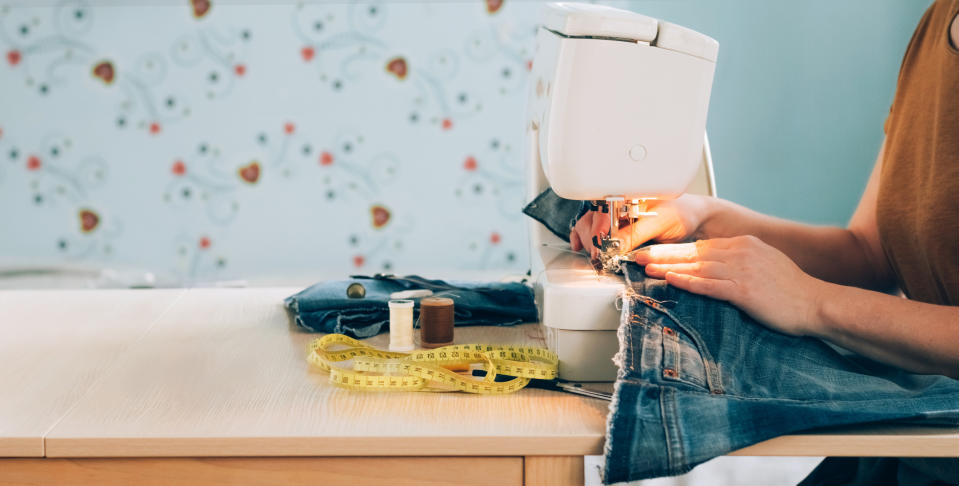
Note: Some responses have been edited for length and/or clarity.

